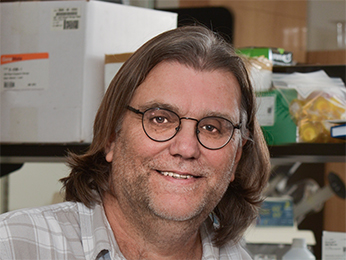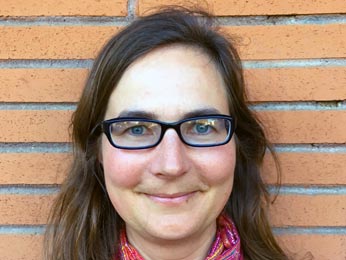LIFE SCIENCE
The Brain: Structure, Function and Evolution
Neurobiology

Science Photo Library/AGE Fotostock
How does this remarkable three-pound organ interpret sensory input, control behavior, and shape who we are?
Look inside the human body’s most complex structure. Authored by world-class experts at the cutting edge of neuroscience, this six-week online course explores how the mammalian brain evolved, how it works—from sensing to decision-making to expressing ourselves—and how our brains change over the course of our lives. Learners will emerge with a solid understanding of how we know what we know, and see what exciting research frontiers in neurobiology lie ahead.
This course begins Oct 21.
Fall 2 Session
COURSE COST
GRAD CREDIT
Look inside the human body’s most complex structure. Authored by world-class experts at the cutting edge of neuroscience, this six-week online course explores how the mammalian brain evolved, how it works—from sensing to decision-making to expressing ourselves—and how our brains change over the course of our lives. Learners will emerge with a solid understanding of how we know what we know, and see what exciting research frontiers in neurobiology lie ahead.
Course Format
This online course is asynchronous, giving you the flexibility to complete weekly activities at your own pace. Essays, written by our authoring scientists, are supplemented by case studies, textbook readings, videos, interactive simulations, image galleries, and more. These resources provide the foundation for assignments as well as online discussions where you will exchange questions and ideas with course faculty and other learners. The course culminates in a final project, which is your opportunity to create activities that you can use with your students.

Corbis/AGE Fotostock
Connecting to Your Classroom
This course includes a variety of resources that can be adapted for use in your classroom. Participants frequently use course activities as a central component of their final project. For example, in this course, written by neuroscientists, weekly case studies describe cutting-edge research in areas such as the neurobiology of hearing and the use of functional MRIs. Assignments include the Cookies and Neurotransmitters Interactive, in which you will investigate the role of dopamine in choosing whether or not to steal a chocolate chip cookie from your mother.
This course was developed with support from the Arthur Vining Davis Foundations.
Recent Course Faculty
This course is co-taught by an experienced classroom teacher and a working scientist. With low faculty to student ratios, this powerful combination of scientific expertise and classroom application creates opportunities for discussions about the course content and how it can be taught.
This course begins Oct 21.
Fall 2 Session
COURSE COST
GRAD CREDIT
I really liked the course. I liked the combination… of biology but it had some psychology, history of science and so it covered a lot of ground… The other reason why I found this course really helpful is because it helped me to understand the kids' developmental stages… It really helped me to see all of those new discoveries and differences that we see in the teenage brain or just developing brain and how the rewiring occurs during the teenage years.
Through the lens of curriculum design, it presented a template of best practices that has informed my own instructional practices and efforts at curriculum design. I, also, feel much more knowledgeable and confident as a result of putting brain research in the context of evolution.
I liked the discussion questions and just going back and forth. I think that is what I liked about all of the classes that I took through [AMNH]. I like the fact that you can get direct with other teachers, and the professor interacts on the discussion topics as well.




